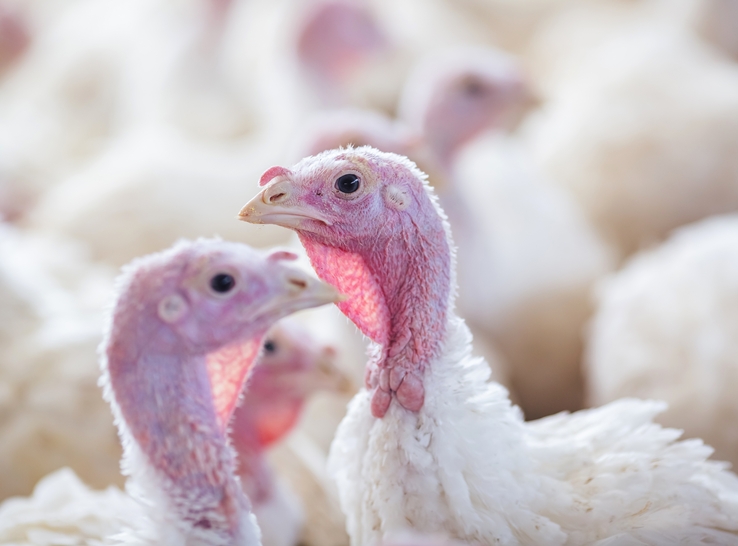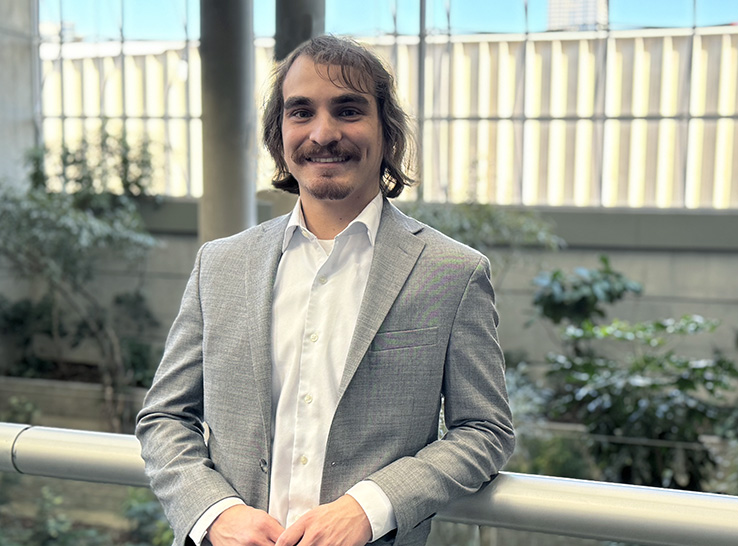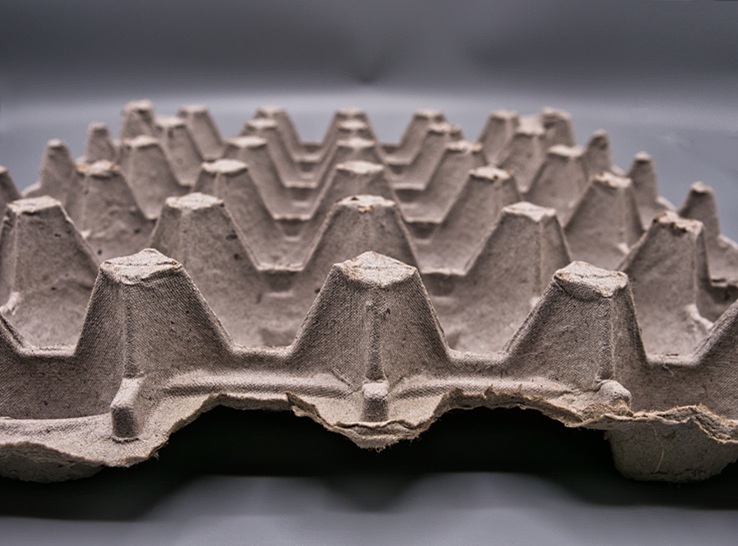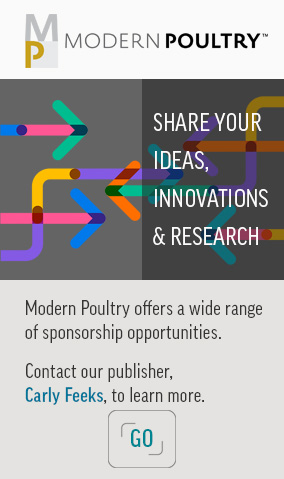With an eye on more timely and accurate monitoring of bird behaviors and health, researchers at the University of Georgia1 are evaluating a technology based on machine learning to successfully track cage-free layers on the litter floor and accurately detect birds under different light intensities and from varying angles.
Initially, investigators “trained” their model, known as YOLOv5x-hen, using 1,200 images of hens.
They then went on to test the technology’s ability to pick out birds on the litter floor in a cage-free setting — an essential quality if it is going to be successfully employed to monitor natural behaviors.
The results, presented at the 2023 International Poultry Scientific Forum, showed that the technology had a precision of 0.96 in tracking birds in the house, where the highest possible score is 1. It demonstrated 95% accuracy in identifying birds at 8 weeks old.
Further improvements can aid future farms
However, there was greater uncertainty in recognizing young birds, due to their smaller body size and interference of equipment present in the house.
Since the initial testing, however, the deep-learning model has been further refined to more accurately count birds from 1 day of age, explained graduate research assistant Xiao Yang, who led the work under the supervision of the project’s principal investigator, Lilong Chai, PhD. It is also now able to account for a range of bird behaviors such as pecking,2 as well as population distribution and the presence of wild birds.
While daily manual observation in poultry houses results in a degree of human error, Yang does not expect the technology to remove the need for field observations by humans as yet. It is, however, a step on the road to automation.
“There are limitations to these deep-learning models, and we still require human intervention based on feedback provided by the models,” Yang said.
“Therefore, we are working on cooperation with robotics, such as unmanned aerial vehicles and egg robots, to achieve fully automatic poultry farms, which is another aspect of future studies.”
With a further academic focus in this area, such poultry houses could be possible within a shorter timeframe than it took Tesla to get from its initial autopilot system to fully self-driving cars (7 years), he added.
1 Yang X, et al. Tracking cage-free laying hens on litter floor with machine vision. International Poultry Scientific Forum, 2023, Atlanta, USA.
2 Subedi S, Bist R, Yang X, Chai L. Tracking pecking behaviors and damages of cage-free laying hens with machine vision technologies. Comput Electron Agric. 2023;204:107545.






